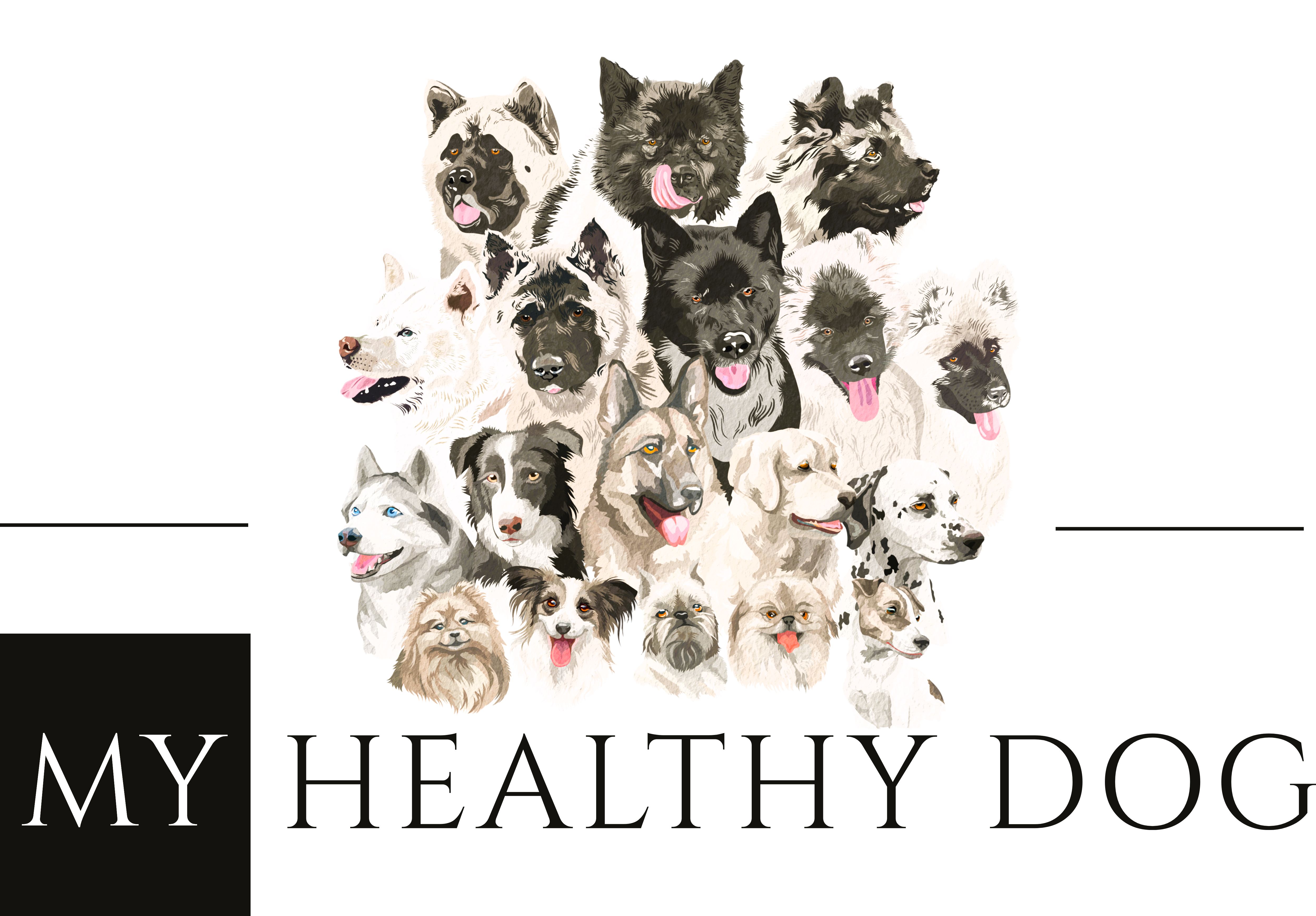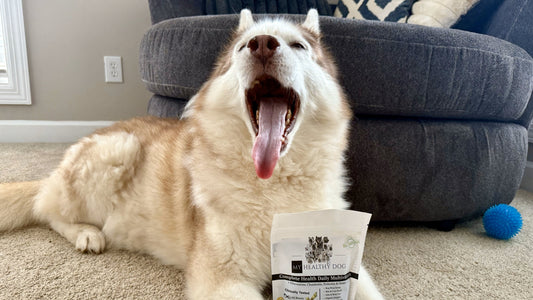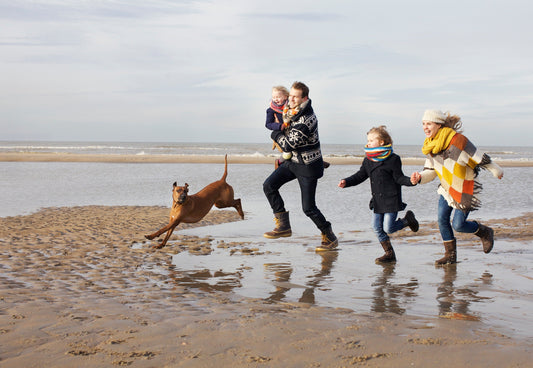The Puli is a breed known for its distinctive corded coat, agility, and lively personality. This article delves into the origins, distinctive appearance, and engaging temperament of the Puli, along with essential care tips to ensure they lead healthy, fulfilling lives.
Breed Summary
Origin and History
The Puli has a rich history that dates back over a thousand years to the Hungarian plains. Originally brought to Hungary by the Magyars, the Puli was bred to herd sheep and cattle. Their agility and intelligence made them invaluable working dogs. The breed's corded coat provided protection against harsh weather and predators. Recognized by the American Kennel Club (AKC) and the Fédération Cynologique Internationale (FCI), the Puli remains a popular herding dog and family companion.
Appearance
The Puli is a medium-sized dog with a distinctive corded coat that covers its entire body. They typically stand between 16 to 17 inches tall at the shoulder and weigh between 25 to 35 pounds. Their coat can be black, white, gray, or apricot, forming long cords that resemble dreadlocks. The Puli has a compact, muscular build with a square-shaped body. Their eyes are dark and expressive, often hidden beneath their dense coat. The tail curls tightly over the back, adding to their unique appearance.
Temperament
Pulis are known for their lively, energetic, and intelligent nature. They form strong bonds with their family members and are excellent with children. Their intelligence and eagerness to please make them highly trainable, and they excel in obedience, agility, and herding trials. Pulis are also known for their playful and mischievous side, often engaging in antics that bring smiles to their owners' faces. They require regular physical and mental stimulation to prevent boredom and destructive behavior.
Health Outlook
The lifespan of a Puli ranges from 12 to 16 years. They are generally healthy dogs but can be prone to certain conditions, such as hip dysplasia and progressive retinal atrophy (PRA). Regular grooming is essential to maintain their corded coat and prevent matting. Dry, itchy skin can be a concern, making the use of premium dog shampoos designed to moisturize and soothe sensitive skin beneficial. These shampoos help maintain the skin's natural oils, provide relief from itching, and promote overall skin health.
Nutritional Requirements
A balanced diet is crucial for maintaining the health and vitality of a Puli. High-quality dog food rich in protein and low in fillers is recommended to support their active lifestyle. Including a complete multivitamin can ensure they receive all necessary nutrients, promoting strong bones, a healthy coat, and overall well-being. Supplements that support joint health and digestive health can also be beneficial for this breed.
Exercise Requirement
Pulis are high-energy dogs that require regular exercise to stay healthy and happy. Daily walks, play sessions, and activities that engage their natural herding instincts, such as agility training and herding trials, are ideal. Providing mental stimulation through puzzle toys and training exercises is also important to prevent boredom and destructive behavior.
Pros and Cons of Owning the Breed
Pros:
- Lively and affectionate, forming strong bonds with family members.
- Highly intelligent and trainable, excelling in obedience and agility.
- Protective and attentive, making them good watchdogs.
Cons:
- High grooming needs due to their dense, corded coat.
- Can be wary of strangers, requiring early socialization.
- High energy levels require consistent exercise and mental stimulation.
Space Requirements
Pulis adapt well to various living situations, but they thrive best in homes with access to a yard where they can run and play. They can adapt to apartment living if provided with sufficient exercise and mental stimulation.
Suitability for Elderly
Pulis can be suitable companions for elderly individuals who are active and able to meet the breed's exercise and grooming needs. Their affectionate and loyal nature makes them excellent companions, but potential owners should be prepared for their high grooming requirements.
Suitability for Kids
Pulis are generally good with children due to their playful and gentle nature. They enjoy engaging in activities with kids and can be wonderful playmates. Supervision is recommended, especially with younger children, to ensure safe interactions.
Cost
The cost of a Puli puppy can range from $1,500 to $3,000, depending on the breeder's reputation and the pup's lineage. Ongoing costs include high-quality food, regular veterinary care, grooming products, and potential healthcare expenses.
What Should the Owner Be Like?
Owners of Pulis should be active, patient, and committed to providing regular exercise and grooming. They should have an understanding of the breed's unique healthcare needs and be prepared to invest time in training and socialization. A loving and attentive owner will ensure this energetic and intelligent breed thrives.
Fun Facts
- The Puli's distinctive corded coat provides protection against harsh weather and predators.
- They are known for their agility and have been used in police and military work in their native Hungary.
Conclusion
The Puli is a remarkable breed that combines energy, intelligence, and a strong work ethic. While they come with specific care requirements, the joy and companionship they provide make them a cherished member of any family. For those who appreciate a blend of playfulness and affection, the Puli is an excellent choice.
Are you familiar with the Puli or have this wonderful breed in your family?
Share your stories in the comments!
Share the Article with friends!





